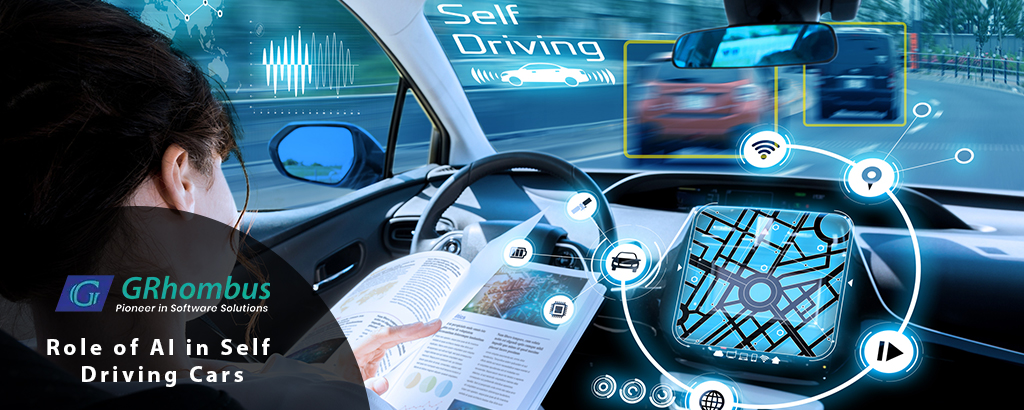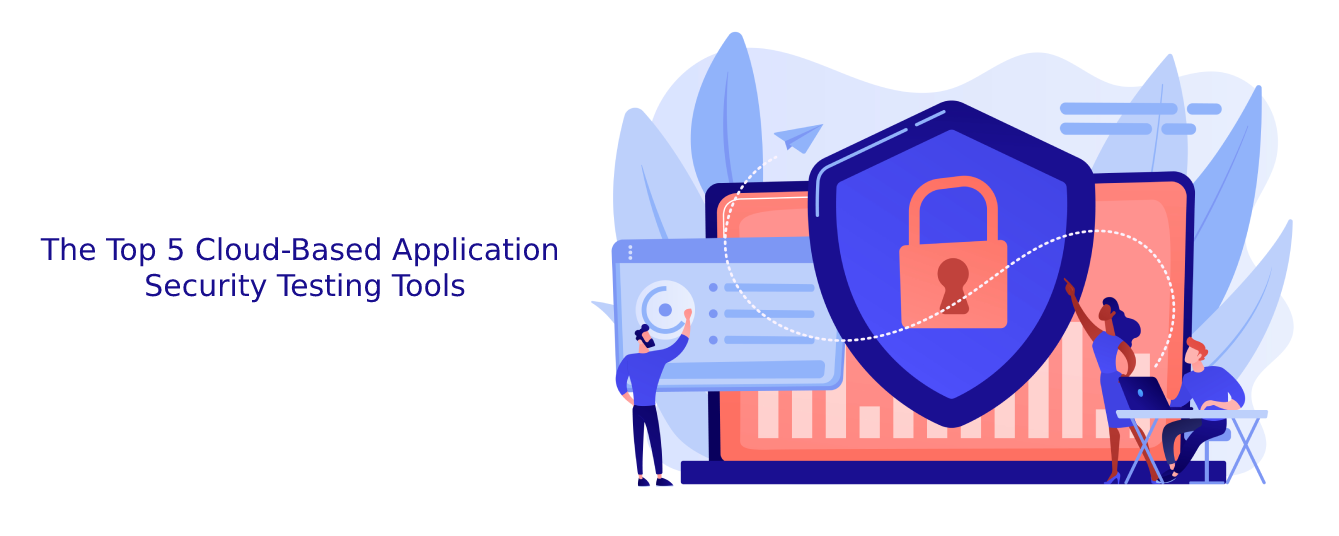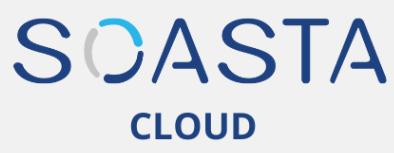Driverless cars (also known as autonomous cars or self-driving cars are the latest innovations in technology. Right from Uber to Google, a lot of companies including automotive companies are investing in this technology to make driving easy. It uses a combination of sensors, cameras, radar, and artificial intelligence (AI) to sense its environment, analyze data, and make decisions about driving actions.
The aim is to completely replicate the actions and decision making of a good driver and also allow for a human override function, which allows a person to take control of the vehicle in certain situations. However, though ambitious, this technology is difficult to master.
Why is Autonomous Driving Difficult to Achieve?
Decision-making complexity
It is well known that even simple actions human actions are difficult to replicate. Autonomous driving involves decision making based on complex data sets with inputs from multiple sources, including real-time sensor data, road maps, weather conditions and traffic patterns.
Timing
While decision making is complex, it should also be done within a short time to ensure safety of passengers, other road users etc. Sometimes, split second decisions may be involved.
Unpredictability
On-road scenarios and conditions can be unpredictable and change rapidly. From a pothole to crossing pedestrians, changing weather, sudden rains etc, the list of unpredictable scenarios that can arise is countless.
Safety Concerns
Passenger safety must never be compromised. Any hazards must be immediately identified, and action taken. This is also the case when the driver may doze off.
What is the role of AI in Autonomous Driving?
AI plays a critical role in autonomous driving. Right from sensing the external environment to data gathering analysis and decision making, everything must happen seamlessly. Self-driving cars rely on a variety of AI technologies, including machine learning, computer vision, and natural language processing, to operate safely and efficiently. They are explained in detail below:
Machine Learning
Machine learning algorithms are used to train self-driving cars to recognize and respond to different objects and situations on the road. An autonomous car must be able to differentiate between pedestrians, animals, objects, other vehicles etc. As self-driving cars collect more data and learn from their experiences, their algorithms become more accurate and effective.
Based on this data that is gathered, decision making must be done. Path planning and determination of the most safe and efficient route is also undertaken by machine learning. Autonomous vehicles require high-precision maps to navigate the roads. Machine learning algorithms can analyze sensor data and create detailed maps of the environment.
Another important parameter is determining the behaviour of the driver, detecting signs of fatigue and distraction and taking appropriate action. A driver must always be alert and ready to take control of the vehicle if necessary.
Computer Vision
Computer vision allows autonomous vehicles to “see” the world around them using cameras, sensors, and other devices. Computer vision algorithms are used to interpret visual data from these devices and identify objects, people, and other relevant information in the environment.
It is used for detecting objects, lanes, traffic signals, obstacles, pedestrians etc and then decisions are made accordingly.
NLP
Natural language processing (NLP) is used to enable self-driving cars to communicate with passengers and other drivers. NLP algorithms allow self-driving cars to understand spoken or written commands and respond appropriately, for example, by adjusting the temperature or navigation route.
NLP involves speech recognition to understand verbal instructions and commands, understanding the emotions and intent, answering queries, text-to-speech conversion etc. It should also bring high levels of contextual awareness and gradually understand the driver/user’s behaviour to offer a custom solution.
Overall, autonomous driving is a very promising field and it is definite that with more advancements and research, 100% autonomous driving will be achieved in the future.
About GRhombustech
Grhombustech is a leading software development company in UK and has made a mark in various spheres like end-to-end Software Development, DevOps, Manual Testing, Automation Testing, and Security Testing. We are also a recognized leader in the domain of cybersecurity solutions. Grhombustech is dedicated to world-class customer service, innovations and cutting-edge solutions. For more details, contact us.






